A Painting Cycle | Conversation with Agnieszka Brzezanska
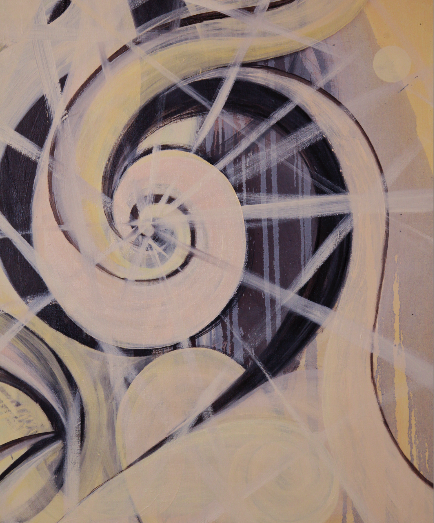 Agnieszka Brzezanska, Untitled (detail), 2009. Installation view, Nomas Foundation, Rome. Courtesy Galerie Karmainternational, Zurich. Ph. Giuliano Pastori
Agnieszka Brzezanska, Untitled (detail), 2009. Installation view, Nomas Foundation, Rome. Courtesy Galerie Karmainternational, Zurich. Ph. Giuliano Pastori
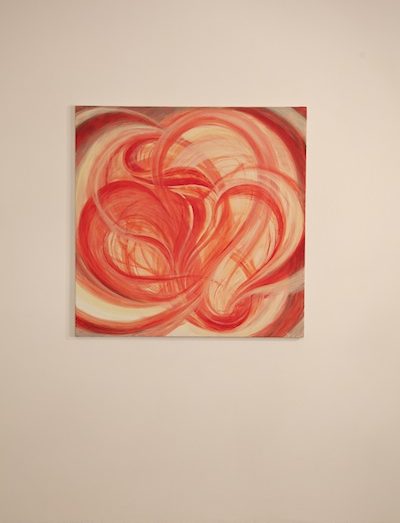 Agnieszka Brzezanska, Choreography for a Heart, 2009. Installation view, Nomas Foundation, Rome. Courtesy Galerie Karmainternational, Zurich. Ph. Giuliano Pastori
Agnieszka Brzezanska, Choreography for a Heart, 2009. Installation view, Nomas Foundation, Rome. Courtesy Galerie Karmainternational, Zurich. Ph. Giuliano Pastori
 Agnieszka Brzezanska, Black, 2010. Installation view, Nomas Foundation, Rome. Courtesy Galerie Kamm, Berlin. Ph. Giuliano Pastori
Agnieszka Brzezanska, Black, 2010. Installation view, Nomas Foundation, Rome. Courtesy Galerie Kamm, Berlin. Ph. Giuliano Pastori
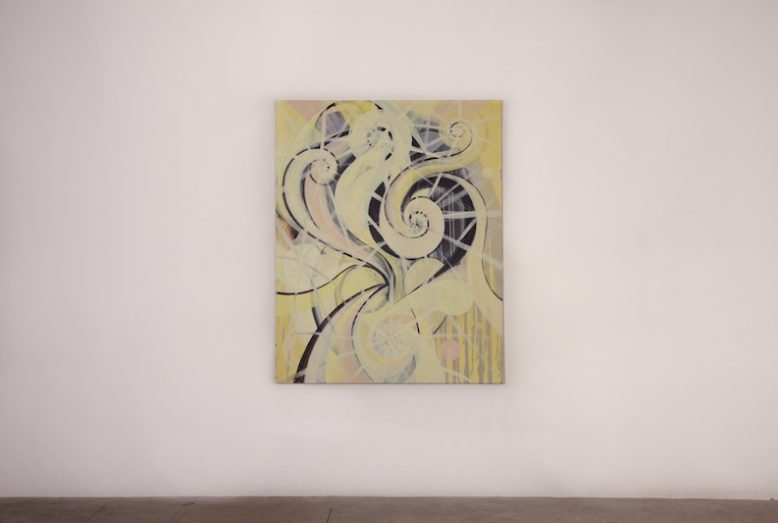 Agnieszka Brzezanska, Untitled, 2009. Installation view, Nomas Foundation, Rome. Courtesy Galerie Karmainternational, Zurich. Ph. Giuliano Pastori
Agnieszka Brzezanska, Untitled, 2009. Installation view, Nomas Foundation, Rome. Courtesy Galerie Karmainternational, Zurich. Ph. Giuliano Pastori
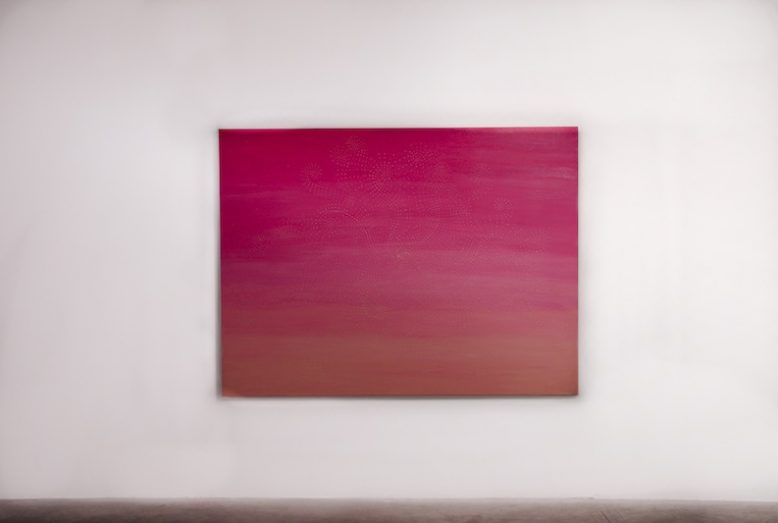 Agnieszka Brzezanska, Untitled, 2011. Installation view, Nomas Foundation, Rome. Courtesy Galerie Karmainternational, Zurich. Ph. Giuliano Pastori
Agnieszka Brzezanska, Untitled, 2011. Installation view, Nomas Foundation, Rome. Courtesy Galerie Karmainternational, Zurich. Ph. Giuliano Pastori
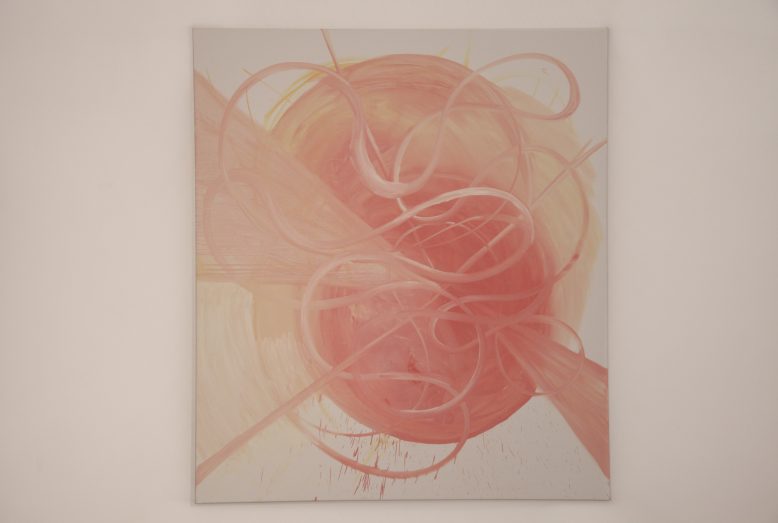 Agnieszka Brzezanska, Untitled, 2009. Installation view, Nomas Foundation, Rome. Courtesy General Hotel, London. Ph. Giuliano Pastori
Agnieszka Brzezanska, Untitled, 2009. Installation view, Nomas Foundation, Rome. Courtesy General Hotel, London. Ph. Giuliano Pastori
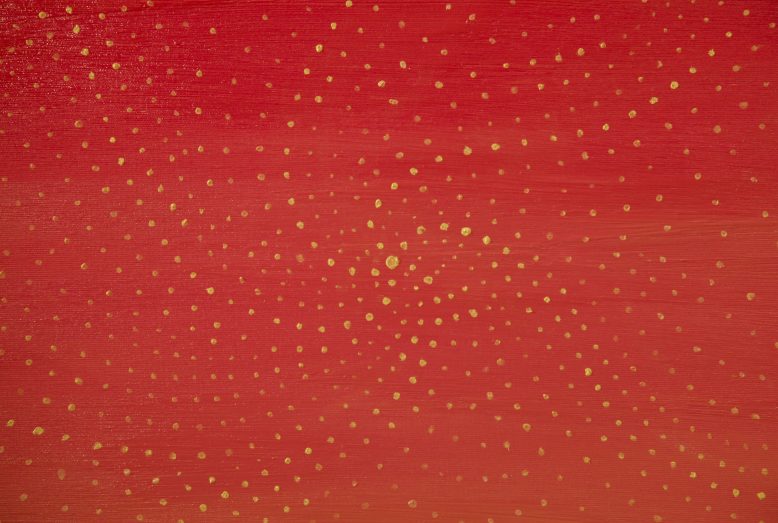 Agnieszka Brzezanska, Untitled (detail), 2011. Installation view, Nomas Foundation, Rome. Courtesy Galerie Karmainternational, Zurich. Ph. Giuliano Pastori
Agnieszka Brzezanska, Untitled (detail), 2011. Installation view, Nomas Foundation, Rome. Courtesy Galerie Karmainternational, Zurich. Ph. Giuliano Pastori
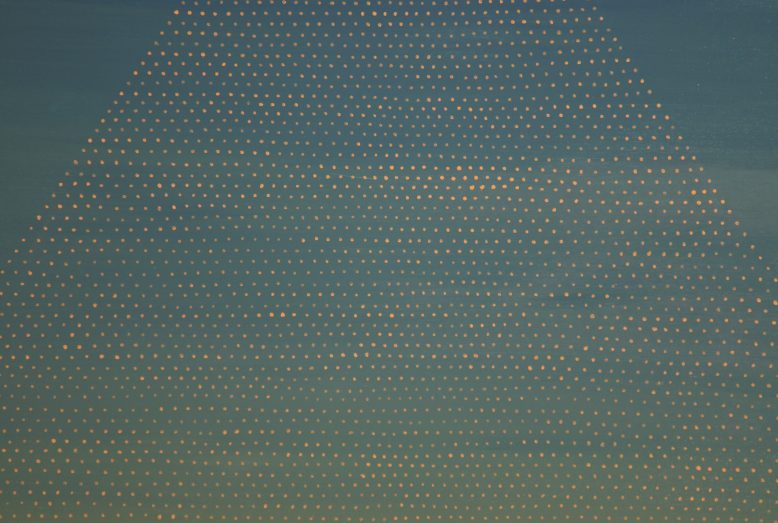 Agnieszka Brzezanska, Pyramid of Light (detail), 2011. Installation view, Nomas Foundation, Rome. Courtesy Galerie Karmainternational, Zurich. Ph. Giuliano Pastori
Agnieszka Brzezanska, Pyramid of Light (detail), 2011. Installation view, Nomas Foundation, Rome. Courtesy Galerie Karmainternational, Zurich. Ph. Giuliano Pastori
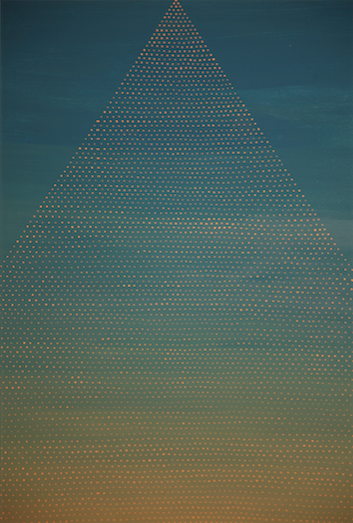 Agnieszka Brzezanska, Pyramid of Light , 2011. Installation view, Nomas Foundation, Rome. Courtesy Galerie Karmainternational, Zurich. Ph. Giuliano Pastori
Agnieszka Brzezanska, Pyramid of Light , 2011. Installation view, Nomas Foundation, Rome. Courtesy Galerie Karmainternational, Zurich. Ph. Giuliano Pastori
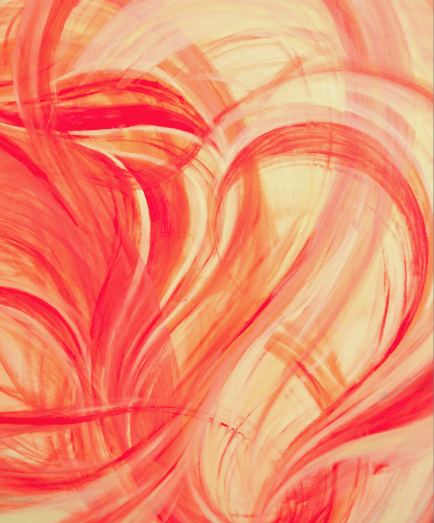 Agnieszka Brzezanska, Choreography for a Heart (detail), 2009. Installation view, Nomas Foundation, Rome. Courtesy Galerie Karmainternational, Zurich. Ph. Giuliano Pastori
Agnieszka Brzezanska, Choreography for a Heart (detail), 2009. Installation view, Nomas Foundation, Rome. Courtesy Galerie Karmainternational, Zurich. Ph. Giuliano Pastori
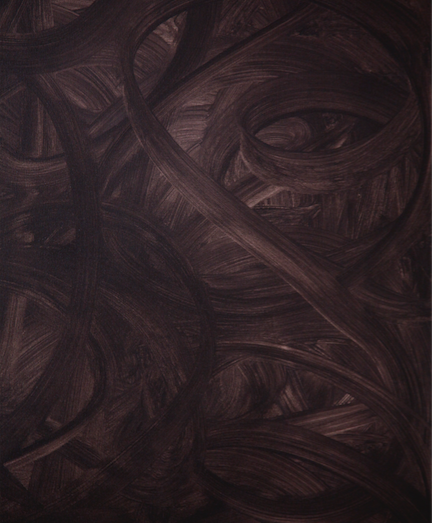 Agnieszka Brzezanska, Black (detail), 2010. Installation view, Nomas Foundation, Rome. Courtesy Galerie Kamm, Berlin. Ph. Giuliano Pastori
Agnieszka Brzezanska, Black (detail), 2010. Installation view, Nomas Foundation, Rome. Courtesy Galerie Kamm, Berlin. Ph. Giuliano Pastori
April 19th, 2012
Agnieszka Brzezanska employs a variety of sources and media as a way to explore the area where the material and the spiritual cease to be opposite poles and mutually refer one another, as almost interchangeable terms. In such frame, painting assumes a central position as a place where realism and abstraction can coexist, and question vision and perception.
Nomas Foundation: If you were to describe your work through some key words which would you indicate?
Agnieszka Brzezanska: I like to refer to taoist concept of "non doing". Then, “sense of humor” is important, on material level I like “low-key”. And the titles of my shows, that I would like to highlight here: galactic resonance; cosmic equation; playlist; 528hz; sound waves, dance waves, light waves; dharma tv; tunnel as a tail; is nothing not enough?; free doom
NF: When did your interest in painting start, and how did you become part of your vocabulary?
AB: I remember that the first time I realized that painting is something specific - I might have been five or six years old - I learnt that painting is something which I can do and that it has a life of its own, separate from me. It is a very natural human activity, so I just kept doing it. But later it took me at least 10 years at the art schools before I made the paintings which I considered good.
NF: Which peculiarities of your research are being pointed out within the works presented on the occasion of A painting cycle?
AB: I have chosen the works which are light and clear. At the moment it is how I think the paining should be.
NF: In your work you use a variety of media: painting, photography, film and video. What are the specificity of each, and what the role of painting amongst it?
AB: Each medium should be sincere to itself. I don’t like forcing anything, so it comes very naturally: if there is something what is a ready made, it should be it. Some moments are good for photos others for video. The choice of medium often comes from the material I want to use. It should be the most appropriate to the material and the idea shall be coherent with it.
Painting is for some ideas, which can not be expresses otherwise, I need a lot of time and concentration in my studio before I have the right focus. It has different speed. It is the most material and requires more physical work, but it is the best to express non-material ideas, the ones which are the most abstract or spiritual.
NF: In your work you often refer to a spiritual and almost mystical reality. Where is such interest in the spiritual come from?
AB: It comes from observing the perception, observing and feeling the world. It is the reality. Materiality is the expression of spiritual, not its opposite.